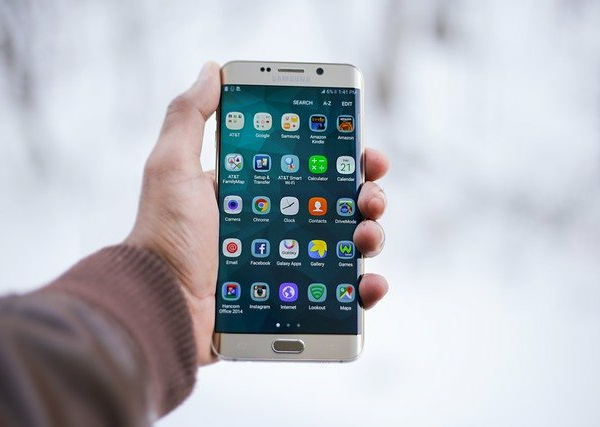If you’re buying a new smartphone you’ll find yourself thrust into the ongoing battle between iPhone versus Android as they duke it out for a spot in your pocket. While both tech giants have refined their mobile software year over year for an equally speedy and smooth performance, they differ in key ways.
Android’s PC-like interface is more open for developers and manufacturers, giving you more choice in both hardware and software options. Third-party companies like Samsung and Motorola produce different tiers of cell phones, some starting as low as $149. However, there are dozens of models to choose from, and prices climb as high as $1,899 when pushing the envelope with new technology like folding displays. On the other hand, Apple keeps a tight grip over its devices by manufacturing its own software and hardware in-house. The company produces just four types of iPhones, but each is optimized to squeeze out the most performance and battery life. Read on to see how they stack up.
Android Versus iOS
A smartphone isn’t smart without a capable operating system (OS). These handsets run either Apple’s proprietary iPhone Operating System (iOS) or Google’s open source Android platform. This is, at its most basic level, the main software from which you interact with your phone and launch apps.
Android and iOS look similar at first glance—they consist of a lock screen that opens up to a home menu with app shortcuts, widgets, and notification centers. Each has an official App Store for downloading more software like games or social networks. And while the primary functions of a phone, like texting and calling, seem to have fallen to the wayside for smart features over the past few years, they’re just as smooth and easy to navigate across devices by touch or voice commands.
Apple iOS Is Closed Off But Offers Stronger Performance and Exclusive Features
- Superior iMessage, AirDrop files locally between Apple devices, and smart accessories that pair and swap between devices with ease
- Synergy between hardware and software optimizes battery life and performance
- Years of support and more frequent updates
Apple’s control over the production of its iPhones means the company knows how to push every component to its limit with minimal power. An iPhone may cost more than an Android, but often pays off in computing strength and longer stretches without needing a charge. Because developers don’t have to account for dozens of phones’ specifications, every app is tuned for the same processing chip so even Apple’s budget SE can surf the web and switch between apps as fast as its flagship Pro Max.
But a death grip over Apple’s ecosystem limits what you can do with the phone. Even in the latest version of iOS 15, the layout is locked to six rows of apps per page with a permanent row at the bottom of the screen that docks your four most important apps for quick access. It’s easy to navigate, but the lack of customization is showing its age after a decade. Apps are also limited to …….
Source: https://www.popularmechanics.com/technology/gadgets/a41021704/iphone-versus-android/
